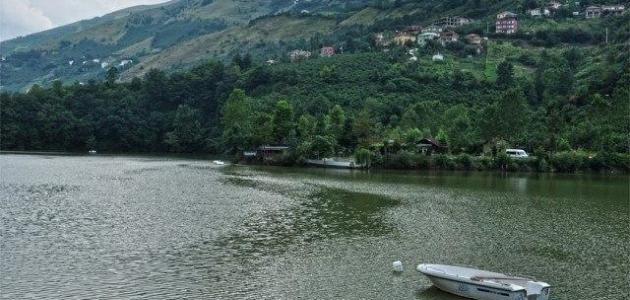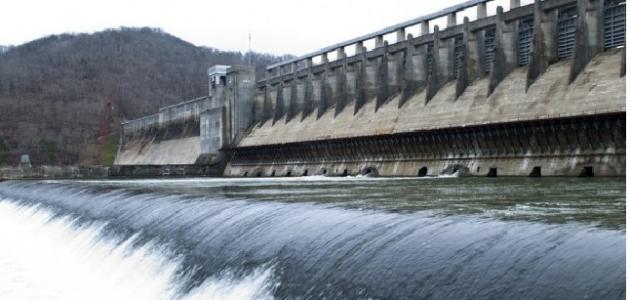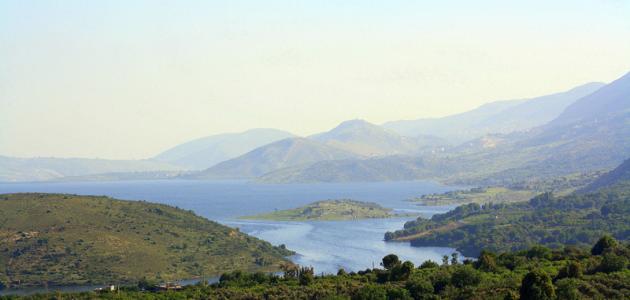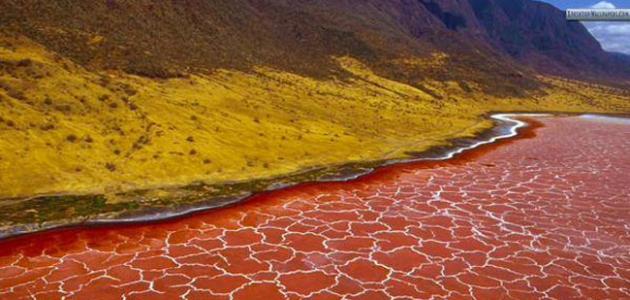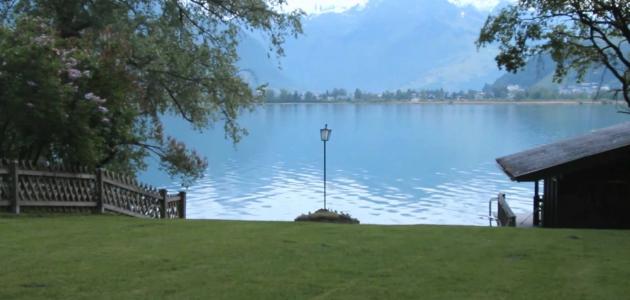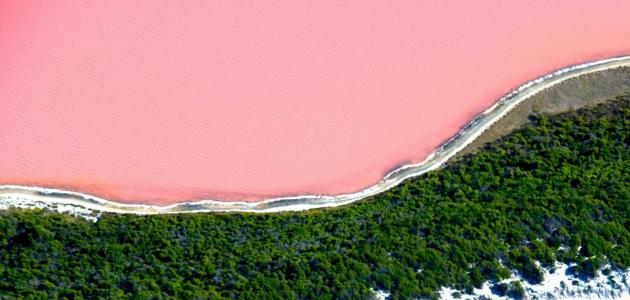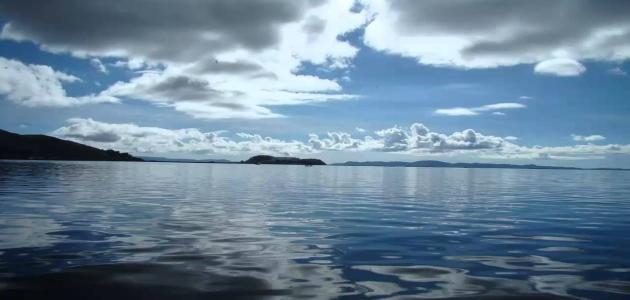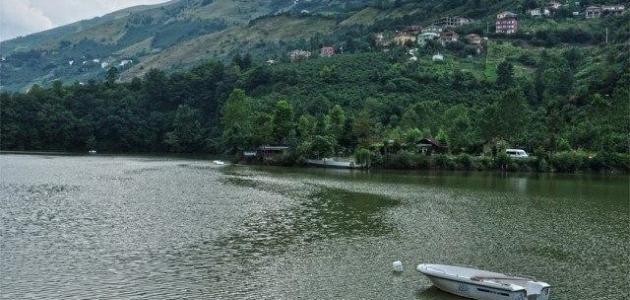The stage before the construction of the Suez Canal
The Egyptian Suez Canal went through a number of stages that preceded its construction in the form it is in today. It is believed that the first of these stages dates back to the reign of Senusret III, one of the pharaohs of the Twelfth Dynasty of Egypt, whose rule continued. In the period between the years 1878-1839 BC, a water canal was built from the western to the eastern side linking the Red Sea to the Mediterranean Sea through what is known as Wadi Tumilat (in English: Wadi Tumilat).
Archaeological evidence during the reign of Pharaoh Ramses II (in English: Ramesses II) in the thirteenth century BC confirmed the reality of the existence of the canal, but after that this canal became unusable and in need of repair and restoration, and it continued to do so until the year 600. BC, when Pharaoh Necho II re-dug it with the aim of renewing its use, but he was unable to complete that, while Darius I was able to complete these repairs and renovations, as he expanded the canal for ships to pass through. Conveniently, the Suez Canal remained continuously subject to repeated restoration operations, such as those carried out by Ptolemy II approximately 250 years BC. These restoration operations for the East-West Canal continued for about a thousand years after the rule of Ptolemy, and then It ended in the eighth century AD during the rule of the Abbasid Caliph Al-Mansur.
Read also:Where are the bitter lakesThe idea of establishing the current Suez Canal dates back to the eighteenth century AD, when Napoleon Bonaparte, while in Egypt, proposed the idea of establishing a water canal linking the Red and Mediterranean Seas, taking advantage of the old canal, but success was not destined for this. The idea is due to the wrong calculations of the team that was assigned to study the canal project, as the team’s researchers pointed out that the water level of the Red Sea is 10 meters higher than the water level of the Mediterranean Sea, which makes establishing the canal difficult, as this requires the construction of a huge water canal, which requires... It requires significant financial funding, in addition to the long time that will be spent to complete it.
Said Pasha, Deputy Governor of the Ottoman Empire in Egypt, later, specifically in the 1858s, granted permission to the former French diplomat in Egypt, Ferdinand de Lesseps, to establish a company to establish a sea canal that would allow navigation for ships belonging to different countries, and indeed The Suez Canal project began design work in XNUMX AD, and the Austrian engineer Alois Negrelli was responsible for the design and construction of this canal.
The construction phase of the Suez Canal
The year 1859 AD witnessed the start of the actual construction of the first part of the Suez Canal, and in 1861 AD the company represented by Ferdinand de Lesseps initially faced problems related to the lack of manpower in the huge project, which would require ten years to complete, and a large amount of capital. Ferdinand’s company dug (in English: Lesseps Company) designed the canal to be approximately 30 meters wide and approximately 9 meters deep, along the line connecting the Red and Mediterranean Bahrain. It also established seaports at both seas.
Read also:What do you know about the Nile RiverThe canal was constructed in stages, starting with the first third of it from the northern side, where it was dug to be 3.6 meters wide and 1.2 meters deep. The second third of it was completed in 1862 AD. Allowing the waters of the lakes to flow to the north of Suez facilitated the task of completing the last third of the canal. The canal, and after Ismail Pasha took power in Egypt in 1863 AD, work on the canal stopped for technical reasons, but it soon resumed again in 1864 AD, as a result of the appointment of an international committee after several appeals by Ferdinand to Napoleon III. This took time to complete. Work in the channel for three years.
The process of constructing the canal witnessed the use of unique and innovative mechanical machines, and bulldozers of different types and sizes, ranging from large to small, working in digging the soil and allowing water to pass through. It is worth noting that during the digging operations, dust and mud were harvested and then disposed of behind the canal bank. Which contributed to increasing the height of both sides of the canal. As for digging some areas with difficult terrain, extending along the length of the canal, traditional methods were used, such as an axe, and removing the clay and sand from them was done manually, to be later transported in boxes for disposal. Away.
Suez Canal opening ceremony
After the completion of the construction of the Suez Canal, Khedive Ismail Pasha held a huge ceremony to celebrate its opening. The celebration activities began, which were witnessed by the presence of six thousand people, including many international figures, heads of state, the Emperor of Austria, and the princes of the Netherlands, Prussia, and Wales. He expressed Khedive Ismail was very generous in receiving his guests and welcoming them. Large wooden platforms covered with flowers and banners were prepared welcoming the attendees. The crowd at the celebration enjoyed watching a huge fireworks display. The ceremony also witnessed the launch of the Khedive Ismail Opera House, which was built by Khedive Ismail in the city of Cairo. .
Read also:The longest rivers in the worldThe celebrations for the opening of the Suez Canal continued for several weeks, during which the guests of Khedive Ismail enjoyed themselves, as they took many trips across the Nile River, were able to visit ancient temples, and spent special times in tents in the desert. In addition, the guests witnessed many traditional celebrations related to Bedouin culture. Region.
The stage after the construction of the Suez Canal
The year 1870 AD was the first year of the Suez Canal’s life and was crowded with business, as the total number of ships that crossed the canal that year reached about 486 ships, and the average navigation traffic through the canal reached approximately less than two ships per day. The Suez Canal began to witness... There is a large movement of navigation through it after nearly a century of its opening. In 1966 AD, the number of trips that crossed the canal reached about 21,250 trips, which is equivalent to 58 trips during one day. This significant increase in navigational traffic was accompanied by a significant increase in the size of the net tonnage of shipments. It crosses the canal, and it is worth noting that in 2018, more than 1,139 million metric tons of materials were shipped through 18,174 flights that passed through the Suez Canal.
Development of the Suez Canal
Since its construction, the Suez Canal has witnessed many developments and expansions carried out in the depth and width of the canal. When it was opened in 1869 AD, the canal was only 8 meters deep, and the area of its water sector was approximately 304 meters.2During the period between the 14.5s and the 1,800s, the canal witnessed noticeable improvements in its structure, as its depth at the end of that period reached about XNUMX m, while the area of the water sector in it was equal to XNUMX m.2.
The depth of the Suez Canal increased in 1964 to reach about 15.5 m, while the area of its water section became equivalent to 2,100 m.2However, the development of the canal stopped temporarily after that. It remained at these dimensions until 1975 AD, when the Suez Canal Authority (in English: SCA) established a project that included a plan to develop the canal in two phases, which resulted in an increase in its depth by 5 meters from what it was, and thus Its depth reached approximately 19.5-20 metres, and this increase in its depth led to an increase in the area of the canal’s water sector to approximately 3,600 metres.2The Suez Canal development project also resulted in the expansion of the canal’s width by about 70-90 metres.

